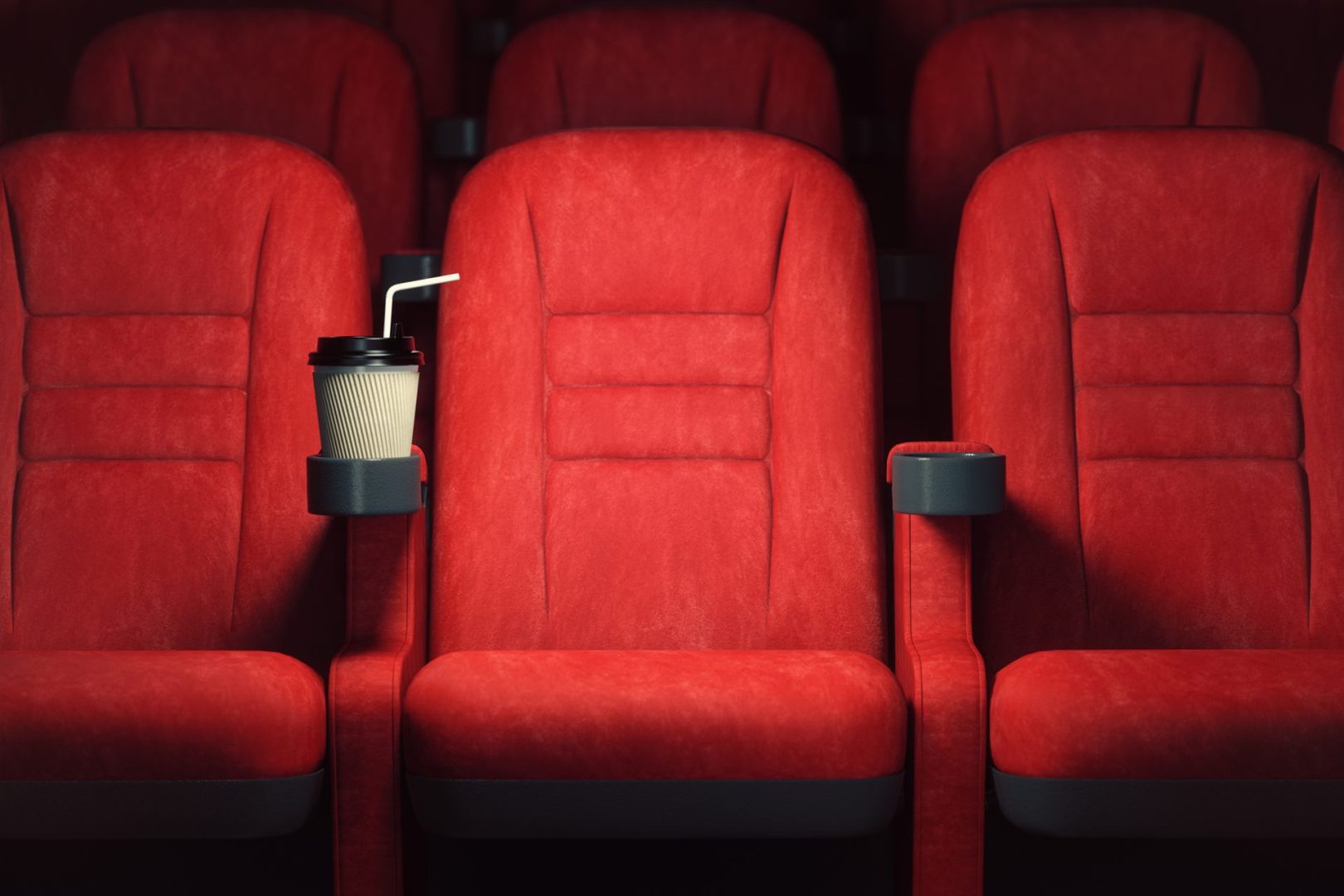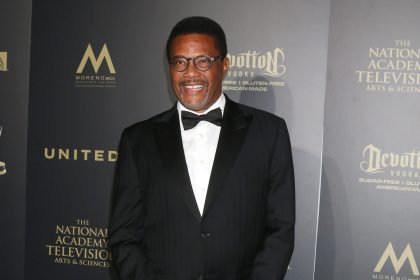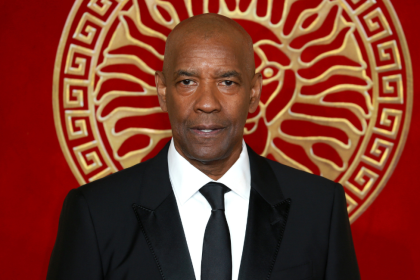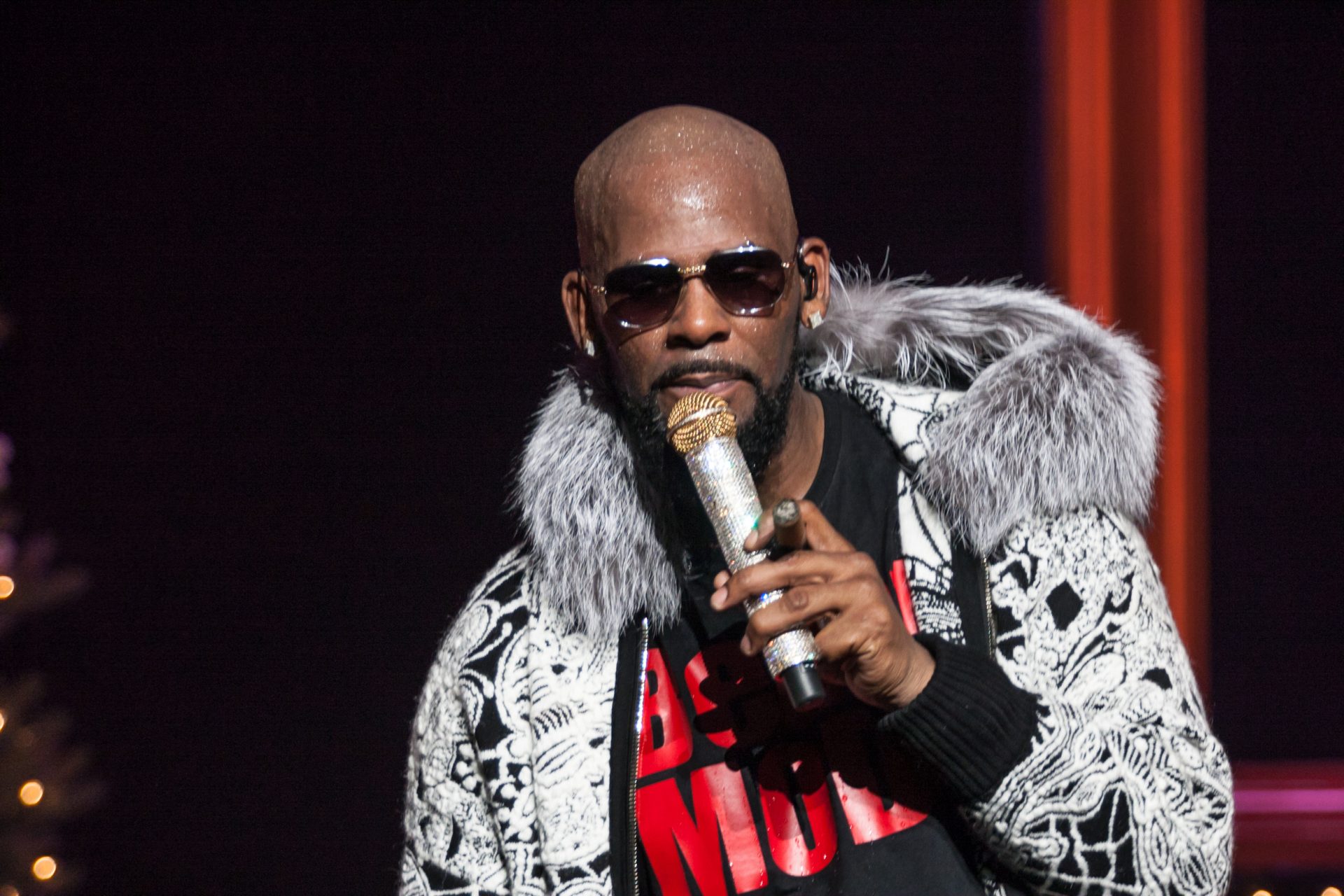Twenty years after its debut, the Saw franchise stands as a testament to sophisticated horror storytelling, transforming a genre often dismissed as mindless gore into a complex examination of morality and human nature.
The franchise centers on John Kramer, known as Jigsaw, who forces victims into elaborate traps demanding life-altering choices. These scenarios transcend simple shock value, serving as vehicles to explore deeper themes of redemption, survival and justice.
Unlike many horror series that lose narrative focus, Saw maintains remarkable coherence across its timeline. Character arcs weave seamlessly through multiple films, rewarding attentive viewers with revelations that connect to previous installments. This attention to detail elevates the series beyond typical horror fare.
The innovative use of flashbacks keeps the deceased Jigsaw relevant while expanding the story universe. This technique allows the franchise to build its mythology without sacrificing narrative momentum or creating plot holes that plague other long-running series.
Beyond its reputation for intense scenes, Saw distinguishes itself through intellectual engagement. Each film resolves its core mysteries within its runtime while setting up future developments. This approach satisfies viewers immediate curiosity while maintaining long-term investment in the series.
The franchise visual identity reinforces its storytelling prowess. Dramatic musical cues and strategic editing create sustained tension. End-of-film montages serve as both narrative punctuation and emotional payoff, cementing key plot points in viewers minds.
Kevin Greutert emergence as a franchise cornerstone, transitioning from editor to director, ensures consistency in style and substance. His work on Saw X demonstrates the series ability to innovate while honoring established conventions.
The introduction of Detective Mark Hoffman as a successor antagonist showcases the franchise depth. His conflicted relationship with Jigsaws legacy adds psychological complexity, proving the series can evolve beyond its original premise while maintaining thematic integrity.
Saw redefines horror franchising by treating its audience as active participants rather than passive viewers. The intricate plotting demands attention, rewarding viewers who engage with its layered narrative rather than simply bracing for the next shock.
The series success lies in its dual appeal to both horror enthusiasts and viewers drawn to complex storytelling. By maintaining narrative coherence while delivering signature thrills, Saw creates a unique space in contemporary cinema.
After two decades, the franchise continues to challenge assumptions about horror storytelling. Its influence extends beyond genre constraints, demonstrating how thoughtful narrative construction can elevate even the most visceral entertainment.
















